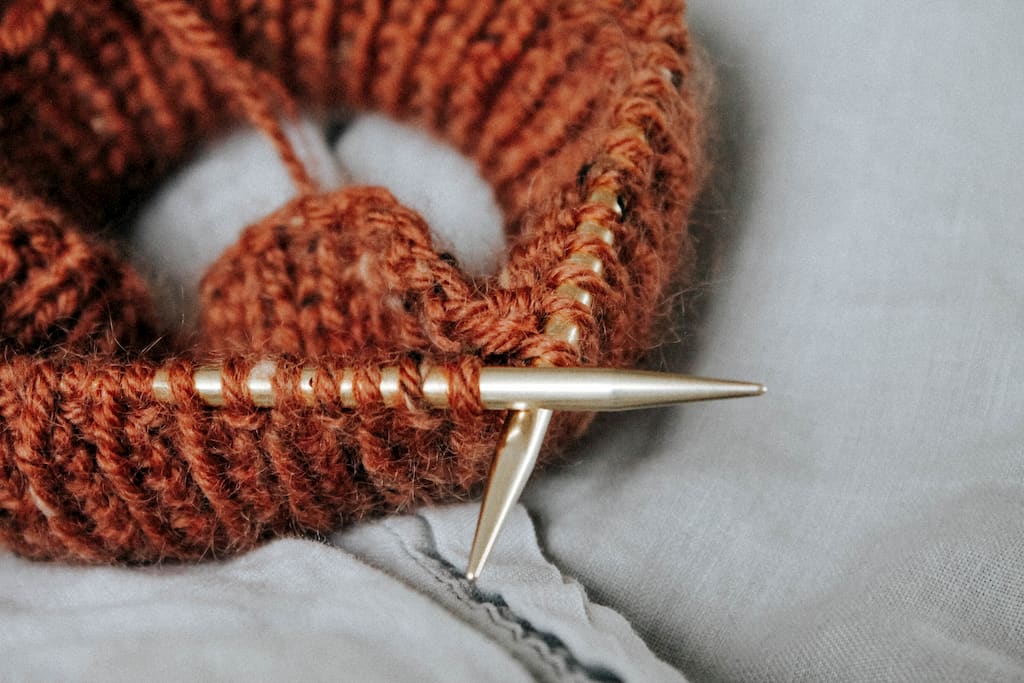Physical Activity as Meditation

Content
Meditation is best described as a state rather than a single type of activity. So, instead of picturing meditation as sitting in a cross legged position or listening to the peaceful sounds of the ocean, why not think about meditation in a broader sense? Meditation is closely related to our nervous system. Unless we switch on our calming, restful mode, it is impossible to find our way out of the jungle of our thoughts. However, there are many ways to switch this on: we can stay grounded in the present moment by following our breath, or we can use our specific senses and feelings to connect with the “now”. Some activities and sports are especially beneficial in helping us be more present and mindful.
Have you ever tried scuba diving? If the answer is yes, you may have already experienced the out-of-this-world feeling of being underwater. Many people find scuba diving mesmerizing, though it can be a little scary for others. One thing we know is that being underwater and in close touch with your breath is a form of meditation. Other aspects of diving help make it uniquely meditative and beneficial in many ways. Let’s check them out.

Scuba Diving
The first and the most important step of scuba diving is staying focused on your breathing, every single second. Even though you don’t need a special breathing technique or skill, it is crucial to keep your attention on your breath. At the same time, you have to remain calm and careful because you need to use your hands for other tasks, or communicate with others. By bringing your attention to your unusual breathing you shift from your usual mode of being on auto-pilot. This shift has a profound effect on your biological system. Usually, instead of being aware of our body and our energy, we get lost in a sea of thoughts, which disconnect us from the reality of the current moment. We wander through an endless cloud of possibilities, fears, and anxieties about acceptance and survival. This puts our nervous systems in constant alert mode, which blocks our immune system and doesn’t promote physiological healing or personal progress and growth. Only when we switch this alarm off are we truly able to be aware that everything’s fine, that there is no threat to our survival, and it is possible to let go. Being immersed in water, listening deeply to our own breaths, paying special attention to how we move, and not rushing anything, is clearly a form of meditation.
Moreover, wearing a wetsuit creates an unusual sensation. It is almost like losing the sense of touch over your entire body. Add to that the loss of verbal communication and the sense of weightlessness and everything becomes quite unfamiliar and extraordinary. It is almost like a sensory deprivation tank. So we are free to be curious and simply observe, which is the core of mindfulness practices. Put in other words, diving can provide the ideal environment and conditions for meditation. Being surrounded by a beautiful, huge aquarium-like scene is another important part of the diving experience. Seeing underwater life up close with our own eyes and hearing the sound of water accompanied by our own breath, we naturally feel at one with our environment. This sounds more exciting than trying to free yourself from your thoughts while sitting in the middle of your living room, right?

Running
Running may not be as extraordinary an experience as diving, but it is another physical activity that can support mindfulness. There is a strong emphasis on breathing while running as well. And regular breaths help our mind become clearer and more at peace. Plus, focusing on your environment, steps and rhythm can make you feel more fully present. When you run, you need to watch where you are going and where you put your feet. So, instead of thinking about your next meeting and what you will eat after your run, try to focus on the experience at hand, and thereby transform it into a form of meditation! For example, here are some things you can try to focus on. How do you transfer your weight to the ground at each step? What are your hands doing? What do you see around you? You might even notice new details about your daily route: the name of a store, the color of an object, a neighbor that has the same routine as you. Now, sprinting or high intensity running might be a bit hard to call “meditation” since you have to be completely focused on this powerful exercise. Regardless, this kind of physical activity helps build new neural pathways and improve the resilience of our nervous system, which also helps our meditation practice. Even during the most intense activity, it is always possible to remain mindful of the details in the moment. And when you are running or jogging, those details are everywhere!
Swimming
You can think of swimming as a combination of scuba diving and running. Regardless of whether you are swimming in the sea or in a pool, swimming provides similar sensations as diving. Immersed in water, the soothing feeling of weightlessness spreads throughout our whole body.
Parasailing or paragliding
If floating through the air sounds fun, then parachuting may be the perfect meditation for you! Parasailing is basically flying at a low altitude over the sea while being pulled by a boat. While your body has the experience of being at an unusual height and pressure, you can enjoy the view of the sea. Personally, I like being in high places and looking down at the world, but this may not be the case for everyone. I love watching people from above, and seeing all the buildings below. It reminds me of how small we are but also how connected and massive we are at the same time. If you feel the same way, focus on the wind on your skin, enjoy the bird’s eye view of the scenery, and let yourself enjoy feeling like a cloud. Paragliding may sound extreme or even terrifying to some. It may not be everyone’s cup of tea, but if you don’t have a problem with heights it is actually a very steadying and peaceful experience. It’s not like skydiving or bungee jumping. After the first kick, you just float through the air and soar like an eagle. If you’re not a professional, you are always accompanied by one. It’s like your brain gets a fun surprise because you are not supposed to be up there! So, curiously, you are 100% present in the moment. The experience can be spiritual or exciting depending on your perspective, but one thing is for sure: the extraordinary environment, high up in the sky, creates an extremely meditative experience. In addition to the adrenaline rush, this is another reason why so many people get addicted to these kinds of sports!
Dancing
If you like dancing, you already know why it is a beautiful way to meditate. You don’t need any choreography, just let your body take control and go with the flow of the music (or not). Movement adds a unique element to meditation. When we are stressed, our body operates in sympathetic mode, as I mentioned earlier. This isn’t just in the case of major trauma. Even mild and unconscious changes that disturb us can trigger our nerves and put us on edge. This sympathetic mode sends all the blood to our muscles to prepare us for fight or flight. This results in tense shoulders, tightened abs, faster breaths, and so on. When your muscles are tense, your nervous system assumes you must be stressed too. If your muscles are clenched, it is almost impossible to get in the right mode to meditate. You must release this physical tension first. So, if you feel like nothing is working when you start a mindfulness practice, try moving around a little and only then sit down to meditate. Or, don’t sit down at all, and meditate by shaking it all off!

Painting and Handcrafts
Using your hands and being creative can be highly meditative. Multiple sensory signals are engaged while painting, knitting or sewing. You don’t have to be producing something “useful” or “meaningful”. Just buy a coloring book and see how you lose track of time between the pages. Focusing on something regular and repetitive like the movement of a coloured pen or brush or knitting serves the same purpose as breath work. When you repeat something for long enough your brain enters a meditative state and can easily stay there for a while. Receiving tactile information is another plus. If you enjoy a handcraft that suits you, you might consider giving it a try. Don’t worry about the end result and just enjoy the ride. If you end up creating something that you would like to use or giving as a gift, that’s all the better!
Bonus: Gardening & Cleaning
It may seem hard to believe, but this really works. You might find cleaning boring, or gardening a bit dirty, but they can actually be surprisingly meditative. For some people, washing dishes, vacuuming the house or dusting are escapist activities. But instead of pushing your thoughts away, you can create space for them by doing “housework-as-meditation”. Don’t get obsessed with cleaning or go crazy wiping the floor, but you can try allocating one hour for doing a certain task on the weekend and spend that time in total silence, for example. Making the intention to stay connected to your stream of thoughts and not getting carried away by certain feelings can help. You can tell the other people in the house that you plan to be silent, and maybe listen to classical music on your headphones. Just be careful not to start planning the next step or thinking about the next week.
Housework-as-meditation can also include watering your plants or changing their soil. Just like handcrafts, using your hands and being in physical contact with living things is very meditative. Caring for another life also feeds us and reminds us of the unity of being. Spending mindful time giving compassionate care to something other than yourself touches the gentle parts within you. Cultivating gentle and soft feelings for others also cultivates our self-compassion and self-regulation.
Transforming your usual work and habits into mindfulness practices is easier than you think. Do you have some favorite activities that serve as meditation? Can you share your own experiences? We would be delighted if you share them with us in the comments!





